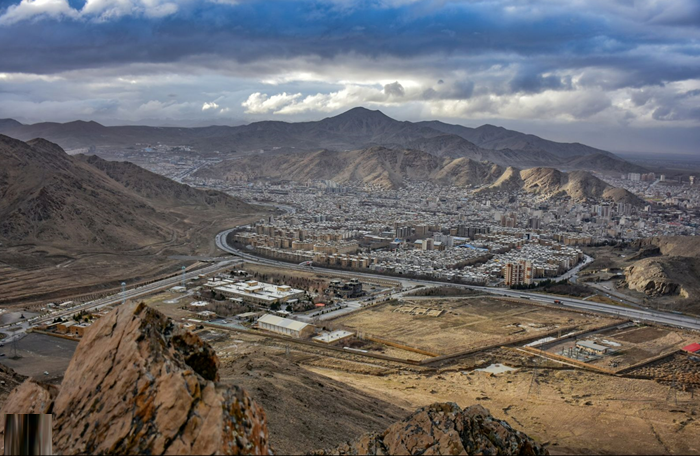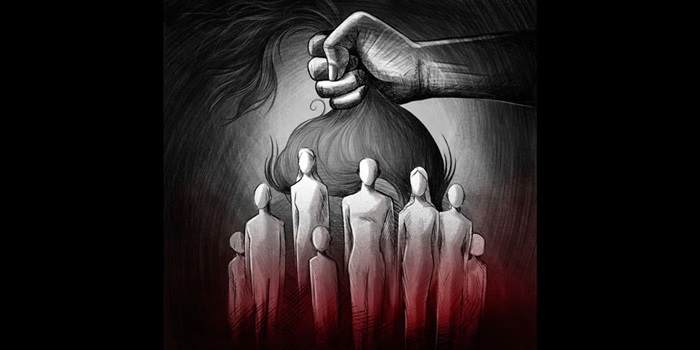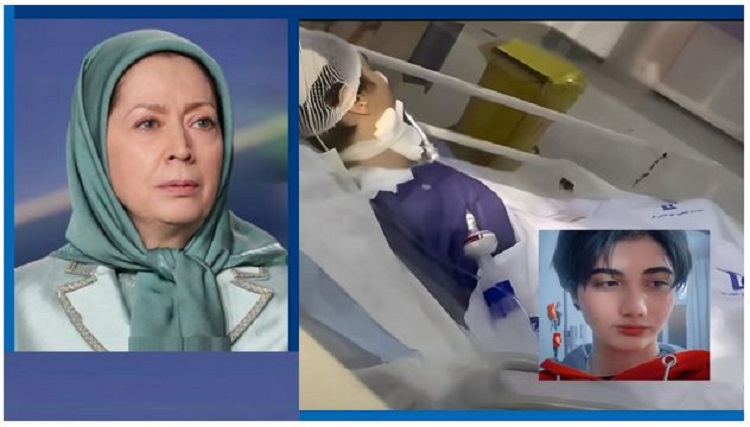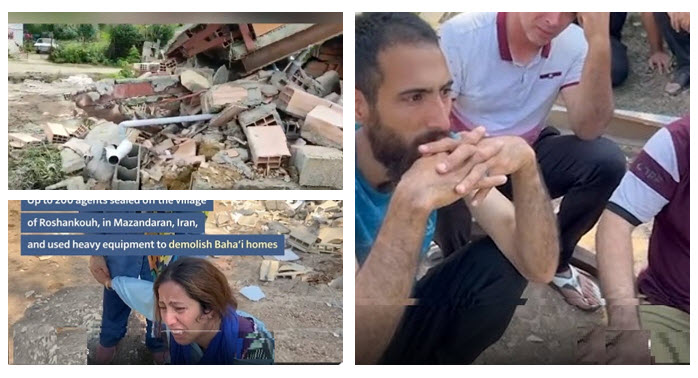

Despite the enduring efforts, the country remains shackled by a criminal regime, casting a shadow over its people. The staggering statistic of an execution every six hours paints a grim picture of a system marred by gross human rights violations.
The roots of the problem run deep, extending beyond mere tactical errors or the actions of isolated individuals. The systemic nature of human rights abuses in Iran becomes apparent when examining the historical record of the regime. Shockingly, key figures within the judiciary, the Islamic Revolutionary Guard Corps (IRGC), and security forces, the primary perpetrators of these violations, have never faced prosecution. Instead, accusations seem to propel them to higher echelons of power.

The oppressive regime leaves no stone unturned, with violations evident in the philosophy of existence, historical practices, and laws. The ruling mullahs’ influence extends into every domain, leaving no room untouched by their malevolent grasp.
Addressing a recent conference on human rights conditions in Iran, Mrs. Maryam Rajavi, President-elect of the National Council Resistance of Iran (NCRI), shed light on the multifaceted nature of these violations. From usurping people’s sovereignty to hindering free elections, restricting freedom of religion, violating freedom of speech, assembly, and political parties, the regime’s repression machinery is vast.
The plight of women remains a poignant aspect of the pervasive human rights abuses, marked by violence, discrimination, compulsory veiling, and tragic murders.

Political opponents, particularly the PMOI/MEK, face not only human rights violations but also the systematic deprivation of fundamental rights.
The scars of past uprisings linger on the streets of Iranian cities, with the regime’s unforgiving brutality evidenced by the bloodshed of protesters and the blinding of hundreds. The struggle for human rights in Iran persists, calling for global attention and concerted efforts to bring about lasting change.


MEK Iran (follow us on Twitter and Facebook), Maryam Rajavi’s on her site, Twitter & Facebook, NCRI (Twitter & Facebook), and People’s Mojahedin Organization of Iran – MEK IRAN – YouTu







